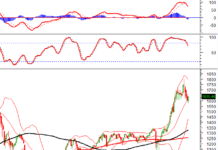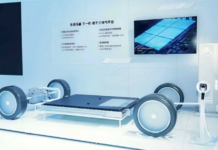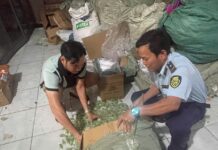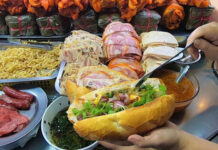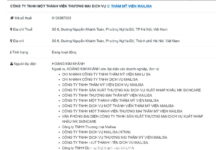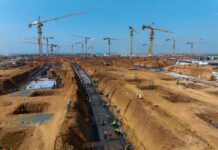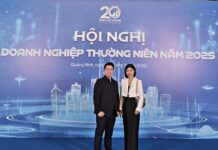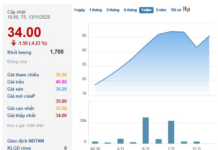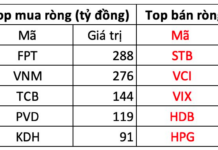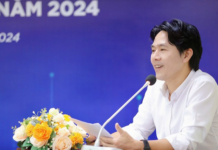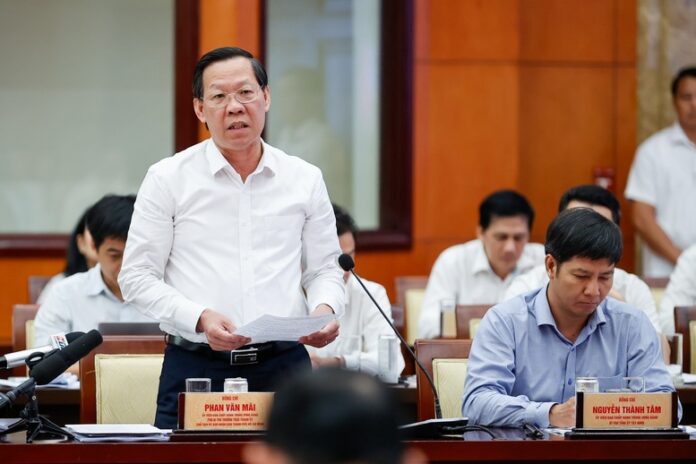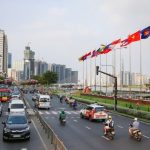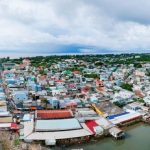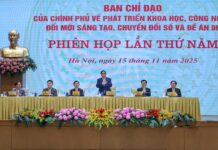
Chairman of the HCMC People’s Committee speaks at the Conference – Photo: VGP/Nhat Bac
According to Mr. Phan Van Mai, in implementing Conclusion 49 of the Politburo on the orientation of developing Vietnam’s railway transport by 2030, with a vision to 2045, the HCMC Party Committee has established a task force to build a proposal for the development of the city’s urban railway, inviting consulting organizations that are domestic and foreign experts to comment on this proposal.
The main content of the proposal is that, by 2030, HCMC is expected to build an additional 183 km of urban railway, by which time the public transport capacity of the urban railway will account for 15-20%.
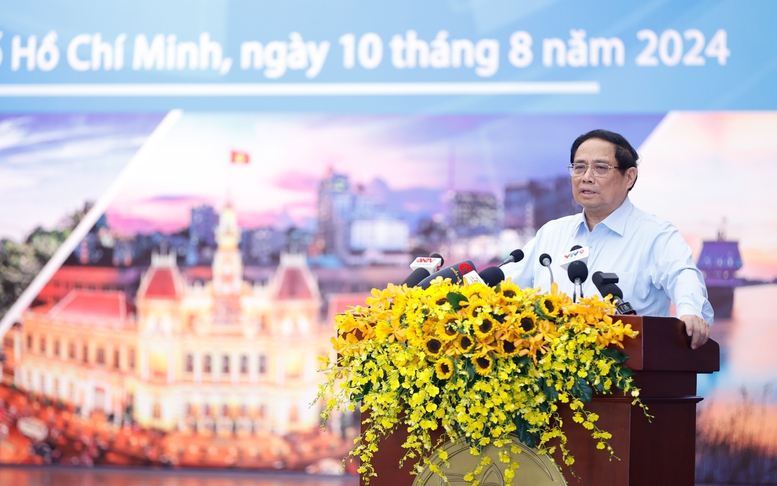
By 2045, the city will have an additional 168 km, bringing the total urban railway length to 352 km, with public transport capacity accounting for 40-50%. By 2060, the urban railway network of HCMC will be completed with a total length of 510 km, with public transport capacity accounting for 50-60%.
To implement this large-scale urban railway system, Mr. Mai acknowledged that HCMC identifies domestic capital and public investment as the main sources. The city has determined the capital needs at different milestones: By 2035, the city will need about 36 billion USD; by 2045, 33 billion USD is needed; and by 2060, the figure rises to 48 billion USD.
These funds will be mobilized from various sources: Public investment sources of the city by annual allocation, increasing revenue, and saving expenses; funds from land fund exploitation; funds from the Central Government’s support through key projects; and funds from local government bond issuance, to be repaid from the city’s budget revenue.
“To implement this proposal, the city proposes to have superior mechanisms in building the proposal, in site clearance, in capital mobilization, and in management,” Mr. Mai emphasized, adding that without superior mechanisms and if the city follows the process of public investment, it will take 20 years to complete the 20-km Metro Line No.1. Therefore, it will take centuries to complete 500 km.
Specifically, HCMC is expected to submit to the National Assembly for the issuance of a resolution, which includes mechanisms and policies on planning, land retrieval, compensation and resettlement, capital mobilization, and project procedures.
Mr. Mai said that in the past time, HCMC has submitted this proposal to the Executive Committee of the City Party Committee and the City People’s Council. Currently, the city is coordinating with Hanoi Capital and the Ministry of Transport to complete the dossier, expected to be submitted to the National Assembly at the end of this year.
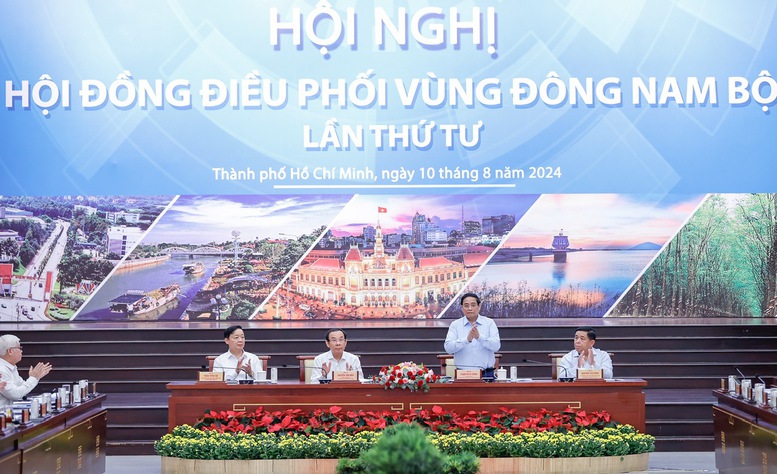
The Conference was chaired by the Prime Minister – Photo: VGP/Nhat Bac
3 Obstacles for the HCMC Ring Road 3 Project
Regarding the Ring Road 3 Project in HCMC, Mr. Mai said that there are currently three obstacles: sand for the construction volume; site clearance in four localities, with Dong Nai having the largest area; and the progress of some components. The localities where the project passes through have agreed to re-evaluate and try to ensure the progress so that by January 2026, the technical passage will be completed and the project will be completed in the second quarter of 2026.
For the Ring Road 4 Project in HCMC, in terms of site clearance, Mr. Mai said that besides HCMC self-balancing capital, the localities where the project passes through proposed the Central Government to support 50%, while Long An proposed to support 75%.
Bargain Travel for Everyone – Holiday Special April 30th – May 1st
While airfares soar and popular destinations are fully booked, numerous affordable inner-city tours in Ho Chi Minh City, self-guided tours… have “taken the throne” over the 30/4-1/5 holiday.

